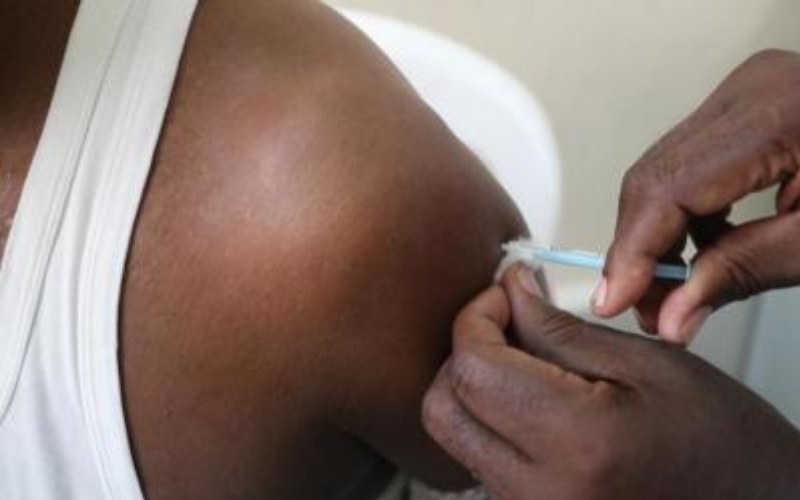
In the 1790s, England, like many other countries, was experiencing a wave of a smallpox epidemic. For every 10 smallpox cases, three to four were fatal. Those who survived had pitted scars on their skin and sores in the mouth and nose. On May 14, 1796, a physician, Edward Jenner, using the existing knowledge took fluid from a Cowpox blister from a milkmaid and scratched it into the skin of an eight-year-old garden boy.
On July 1, Dr Jenner inoculated the boy again, this time with the deadly smallpox matter, and no disease developed. This led to the development of the first-ever vaccine in 1798 and Jenner is considered the father of vaccinology. However, conspiracy theories around vaccination went rife immediately.